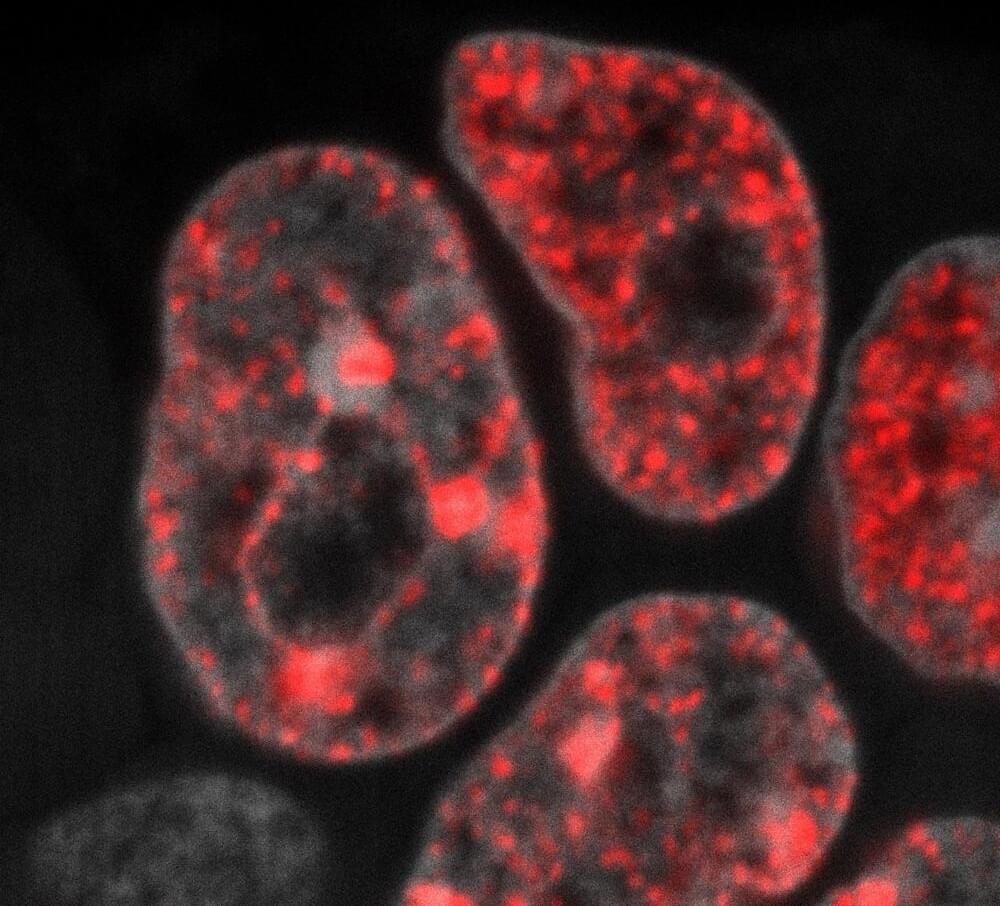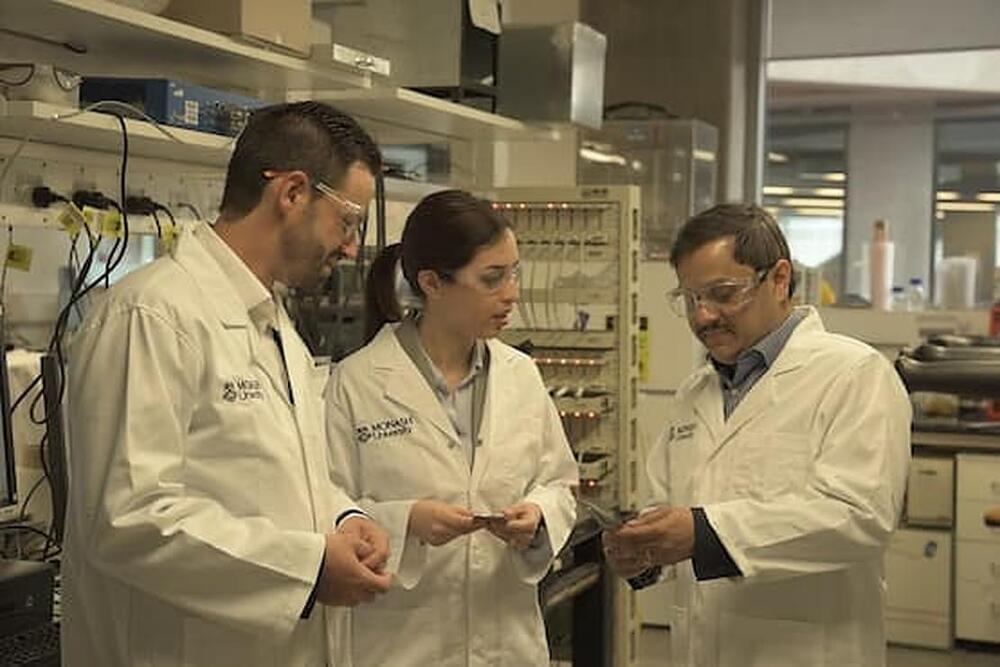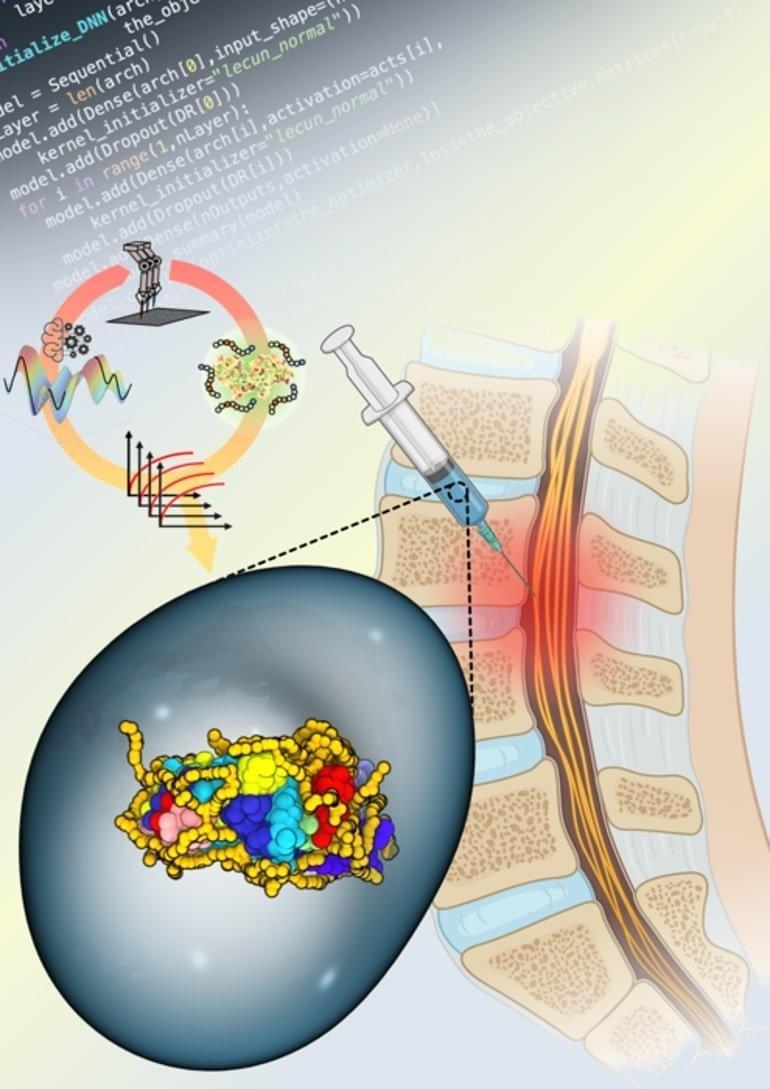Scientists at Shanghai Jiao Tong University altered a mouse’s DNA to impregnate it through asexual reproduction.




Researchers at NTNU have managed to restore muscle function in older mice with muscle loss using advanced gene therapy. The hope is that this method might eventually be used on humans to prevent severe loss of muscle mass.
“Gene therapy is the most effective method to be able to give these people the same health benefits you normally get with physical exercise,” says Moreira, who has been involved in the new research. He is part of the Cardiac Exercise Research Group (CERG).

With age comes experience. And with experience come sore backs, tired bones, and increased risks from a large number of diseases.
Scientists have long been trying figure out how to stop these aches and pains in our twilight years, and to make us live longer and healthier lives at the same time.
While it’s likely a long way off from being ready for humans, a new study investigating the long-term ‘partial reprogramming’ of cells in mice appears to have produced some very intriguing results.

Adult cells in our body can only give rise to the same cell type. For example, a skin cell cannot give rise to a muscle cell but to skin cells only. This limits the potential use of adult cells for therapy. During early development, however, the cells in the embryo have the capacity to generate all cell types of our body, including stem cells. This capacity, which is called totipotency, has served as an inspiration for researchers to find new ways to recapitulate totipotency through cellular reprogramming in the lab.
Totipotent cells have their own speed
Totipotent cells have many properties, but we do not know all of them yet. Researchers at Helmholtz Munich have now made a new discovery: “We found out that in totipotent cells, the mother cells of stem cells, DNA replication occurs at a different pace compared to other more differentiated cells. It is much slower than in any other cell type we studied,” says Tsunetoshi Nakatani, first-author of the new study.

Researchers have restored muscle function in research animals with gene therapy. The approach could someday lead to new treatment methods in the elderly.
A team of researchers from Monash University’s Faculty of Engineering have redesigned the heart of a lithium-sulfur battery, creating a new interlayer that allows for exceptionally fast lithium transfer, as well as an improvement in the performance and lifetime of the batteries.

NIH-funded study identifies brain cells that form boundaries between discrete events.
Researchers have identified two types of cells in our brains that are involved in organizing discrete memories based on when they occurred. This finding improves our understanding of how the human brain forms memories and could have implications in memory disorders such as Alzheimer’s disease. The study was supported by the National Institutes of Health’s Brain Research Through Advancing Innovative Neurotechnologies (BRAIN) Initiative and published in Nature Neuroscience.
“This work is transformative in how the researchers studied the way the human brain thinks,” said Jim Gnadt, Ph.D., program director at the National Institute of Neurological Disorders and Stroke and the NIH BRAIN Initiative. “It brings to human neuroscience an approach used previously in non-human primates and rodents by recording directly from neurons that are generating thoughts.”

Not long ago, Formlabs launched a new ESD Resin specifically for applications that need to keep parts safe from electrostatic discharge (ESD). Now, the double unicorn has announced the latest member of its selective laser sintering (SLS) range of materials—the new high-performance Nylon 12 GF Powder. Good for 3D printing engineering and manufacturing functional prototypes and end-use parts that require thermal stability and structural rigidity, the newly launched material offers excellent stiffness and is the latest meant for use with the Formlabs Fuse 1 industrial SLS 3D printer, which was released last year.
Formlabs’ Nylon 12 GF powder makes it possible to 3D print parts that are thermally stable, and can maintain their dimensional accuracy under load. In the past, glass-filled Nylon materials have been used for a variety of applications, such as 3D printing a scale model, a prosthetic drum stick, a bike rack, loudspeakers, and even a bar! This particular material—one of many Formlabs is planning to introduce for its industrial Fuse 1 3D printer—is said to be a good choice for printing threads and sockets, strong jigs and fixtures, parts subjected to high temperatures and sustained loading, functional prototypes for compsite parts, and replacement parts.

Researchers have successfully stabilized an enzyme that is able to degrade scar tissue as a result of… See more.
Summary: Researchers have successfully stabilized an enzyme that is able to degrade scar tissue as a result of spinal cord injury with the help of AI and robotics.
Source: Rutgers
By employing artificial intelligence (AI) and robotics to formulate therapeutic proteins, a team led by Rutgers researchers has successfully stabilized an enzyme able to degrade scar tissue resulting from spinal cord injuries and promote tissue regeneration.
The study, recently published in Advanced Healthcare Materials, details the team’s ground-breaking stabilization of the enzyme Chondroitinase ABC, (ChABC) offering new hope for patients coping with spinal cord injuries.
One of the especially promising therapies to appear in the realm of anti-aging research involves a set of molecules known as Yamanaka factors, which scientists have deployed to rejuvenate aging cells, trigger muscle regeneration and tackle glaucoma. New research at the Salk Institute has sought to build on these short-term and specific use cases by demonstrating how these molecules can reverse signs of aging in middle-aged and elderly mice, with no evidence of health problems following the extended treatment.
The Yamanaka factors at the center of this study are a set of four reprogramming molecules that can reset the molecular clock found in the cells of the body. They do so by returning unique patterns of chemicals known as epigenetic markers, which evolve through aging, to their original states.
This approach has been used to convert adult cells back into stem cells, that can then differentiate into different cell types. The Salk Institute team has previously used the approach to reverse signs of aging in mice with a premature aging disease, and improve the function of tissues found in the heart and brain. Separately, Stanford University scientists last year used the technique to give elderly mice the muscle strength of younger mice.